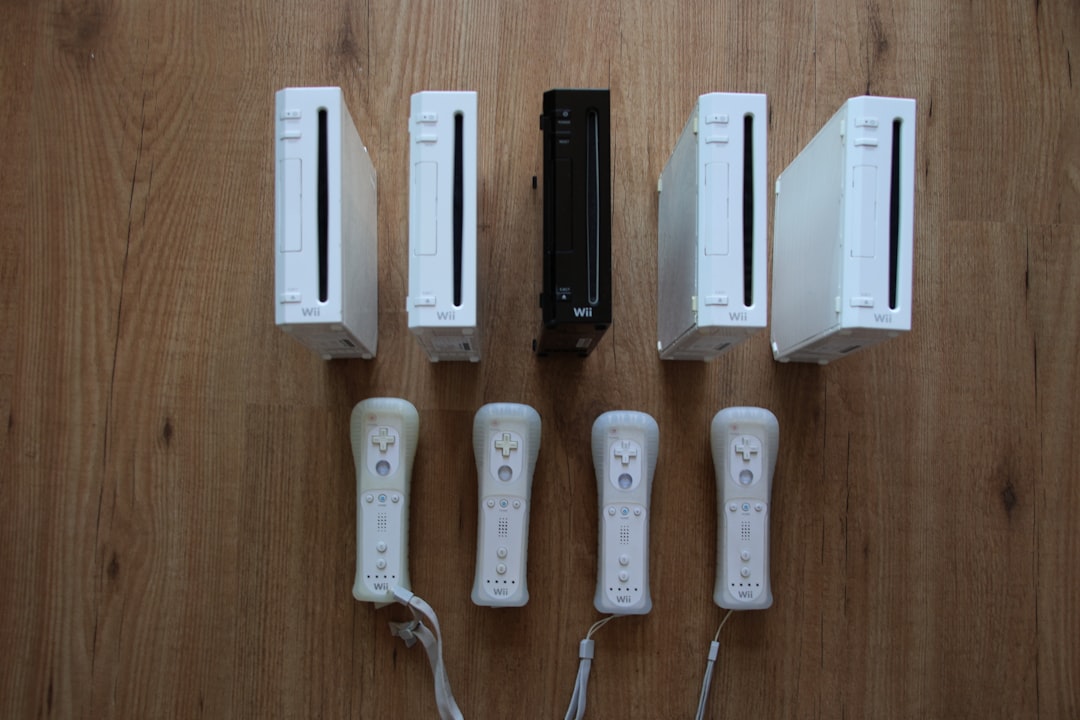In industries where equipment faces harsh environments and significant impacts, the reliability of connections is paramount. A failure in a connection can lead to catastrophic consequences, from equipment malfunction to complete system failure. This is where shock-resistant connection systems step in, providing robust and dependable solutions even under extreme conditions. This comprehensive guide delves into the intricacies of these critical systems, exploring their design principles, applications, and future advancements.
Understanding the Challenges of Shock and Vibration
Shock and vibration pose significant threats to the integrity of connections. Sudden, high-magnitude impacts (shock) can cause immediate damage, leading to disconnections or component failure. Prolonged exposure to vibrations, even at lower magnitudes, can lead to fatigue and eventual failure through a process known as fretting corrosion or fatigue cracking. The severity of the impact depends on factors such as the magnitude of the force, the duration of the impact, and the frequency of the vibrations. Understanding these factors is crucial in designing effective shock-resistant connection systems.
Different types of shock and vibration exist, and each demands a tailored solution. For example, a connection designed for the impact of a drop test might not be suitable for the sustained vibrations experienced in an aircraft engine. This necessitates a thorough analysis of the operating environment to select the appropriate connection system and materials.
Design Principles for Shock-Resistant Connections
Designing a shock-resistant connection system involves several key principles. First and foremost is the selection of appropriate materials. High-strength materials like stainless steel, titanium, and specialized polymers offer superior resistance to deformation and fracture. The geometry of the connection is equally important. Features such as interlocking mechanisms, multiple contact points, and redundant pathways help distribute stress and prevent single-point failures. Consideration must also be given to the use of damping materials, such as elastomers or specialized composites, to absorb energy and reduce the impact transmitted through the connection. Careful consideration of tolerances and manufacturing processes is also crucial to ensure a consistent and reliable connection.
Furthermore, the design should account for thermal expansion and contraction, as temperature fluctuations can place additional stress on the connection. Proper sealing and protection against environmental factors like moisture and corrosion are also vital for long-term reliability.
Materials Used in Shock-Resistant Connection Systems
The choice of materials significantly impacts the shock resistance of a connection system. High-strength alloys like stainless steel and titanium offer excellent strength and durability, but can be expensive. Aluminum alloys provide a good balance of strength and weight, making them suitable for applications where weight is a critical factor. Advanced polymers, such as high-performance thermoplastics and thermosets, are increasingly used due to their ability to absorb energy and dampen vibrations. These materials often offer superior resistance to corrosion and are lighter than metals. The selection of the optimal material depends on the specific application requirements, including the level of shock and vibration expected, the operating temperature range, and cost considerations.
Composite materials are another promising area, offering tailored combinations of strength, stiffness, and damping properties. These materials allow for optimizing the connection system for specific load cases and environmental conditions. The use of coatings, such as electroless nickel plating or specialized surface treatments, can further enhance corrosion resistance and improve the overall durability of the connection.
Testing and Validation of Shock-Resistant Connections
Rigorous testing is essential to validate the performance of shock-resistant connection systems. Standard tests, such as drop tests, vibration tests, and shock tests, are used to simulate the expected operating conditions. These tests assess the connection’s ability to withstand various levels of impact and vibration without failure. The specific test parameters, such as the amplitude, frequency, and duration of the shock and vibration, are determined based on the anticipated operating environment. Data acquisition systems are used to monitor the connection’s response during testing, providing valuable insights into its performance and identifying potential weaknesses.
Finite element analysis (FEA) is often employed to simulate the behavior of the connection under various load conditions. This allows engineers to optimize the design before physical testing, reducing development time and cost. Accelerated life testing techniques are also used to predict the long-term reliability of the connection system, ensuring that it can withstand the expected service life.
Future Trends in Shock-Resistant Connection Technology
Ongoing research and development efforts are continuously improving shock-resistant connection technologies. Smart connectors, incorporating sensors and embedded electronics, provide real-time monitoring of the connection’s health and performance. This allows for predictive maintenance, preventing unexpected failures and improving overall system reliability. Advanced materials, such as carbon nanotubes and graphene, offer the potential for even greater strength and stiffness, leading to lighter and more durable connection systems. The integration of additive manufacturing techniques allows for the creation of complex geometries and customized designs, further enhancing the performance and efficiency of shock-resistant connections.
Furthermore, the development of self-healing materials offers the potential for connections that can repair themselves after minor damage, increasing their lifespan and reducing maintenance requirements. These advancements promise to make shock-resistant connection systems even more robust and reliable, enabling their use in increasingly demanding applications across various industries.
Tags: shock resistant connectors, impact resistant connections, vibration damping, robust connectors, secure connections




